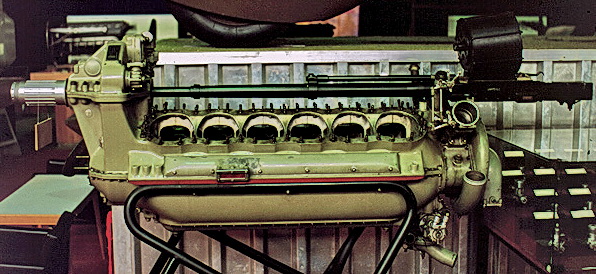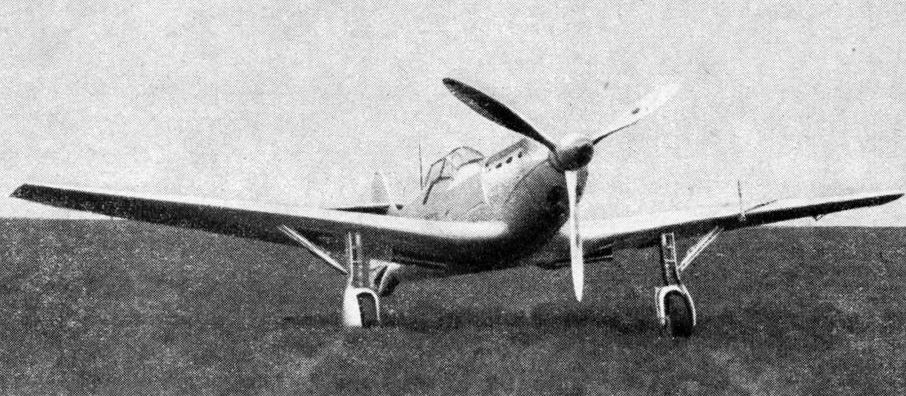Too bad that during the 1930s, French politicians feared their working class more than they feared their bellicose neighbor to the east (Germany).
Mind you, British industry and politics suffered similar problems.
Boucing off this - I really appreciate the way you British optimized your fighter production around only THREE core elements
- Hurricane
- Spitfire
- Merlin engine
And that was it. From 1938, no other fighter with a different engine was allowed to happen. 100% efficiency that saved your souls in September 1940.
I wish France could have proceeded with the same brutal efficiency. If that paradigm is applied to OTL bazillions variants of fighters...
Merlin would essentially be the Hispano 12Y, perhaps with the Turboméca compressor: 12Y-51. The D-520 variant with it would have been the D-523.

en.wikipedia.org
Except it was near the end of its development rope and future belonged to the larger, 1200 hp 12Z... that never worked properly, in 1939 or 1946.
But what the Hurricane and Spitfire equivalents would be ? hard to guess.
MS-406 is the closest thing from a Hurricane, except it sucks even more than a P-40, notably at aerodynamics.
Yet, look at what the Swiss did with the poor thing: D-3800 was a similar donkey, 3801 was already better, 3802 and 3803 were flying wonders.
Aternative to Swiss MS-406s: his french competitor, the Loire Nieuport 161.

en.wikipedia.org
One FFO member has made a thorough inquiry on that aircraft case and built a proto-TL out of it. He makes a very convincing case the LN-161 could have been an honest-to-God French Hurricane.
This leaves a Spitfire. D-520 immediately come to mind, but it was too late in the race, as Dewoitine lost two years trying to turn a donkey into a thoroughbred: the D-513 was hopeless.
https://en.wikipedia.org/wiki/Dewoitine_D.513
The missing link between the good-yet-obsolete D-501 / 510 series; and the extended D-520 / D-550 family that come too late: October 1938.
The D-523 was the all time best variant, 1085 hp rather than 920 hp, thanks to the 12Y-51.
And then there is the D-550 family, kind of "racer D-520" spinoff.
France "joker" compared to Great Britain: Curtiss H-75.
I would say in the end: LN-161 and Dewoitine D-523; Curtiss H-75 to back the LN and fill the gaps waiting for the Dewoitine(s).
Drop MB-150 series, it was horse shit until MB-155. Or turn MB-152 into a ground attack plane: radial + 20 mm guns.
In passing, this free some hundreds of G&R 14N 1080 hp radials for MB-174 / 175, LeO-451 and Amiot 351/354 that badly needed them.



